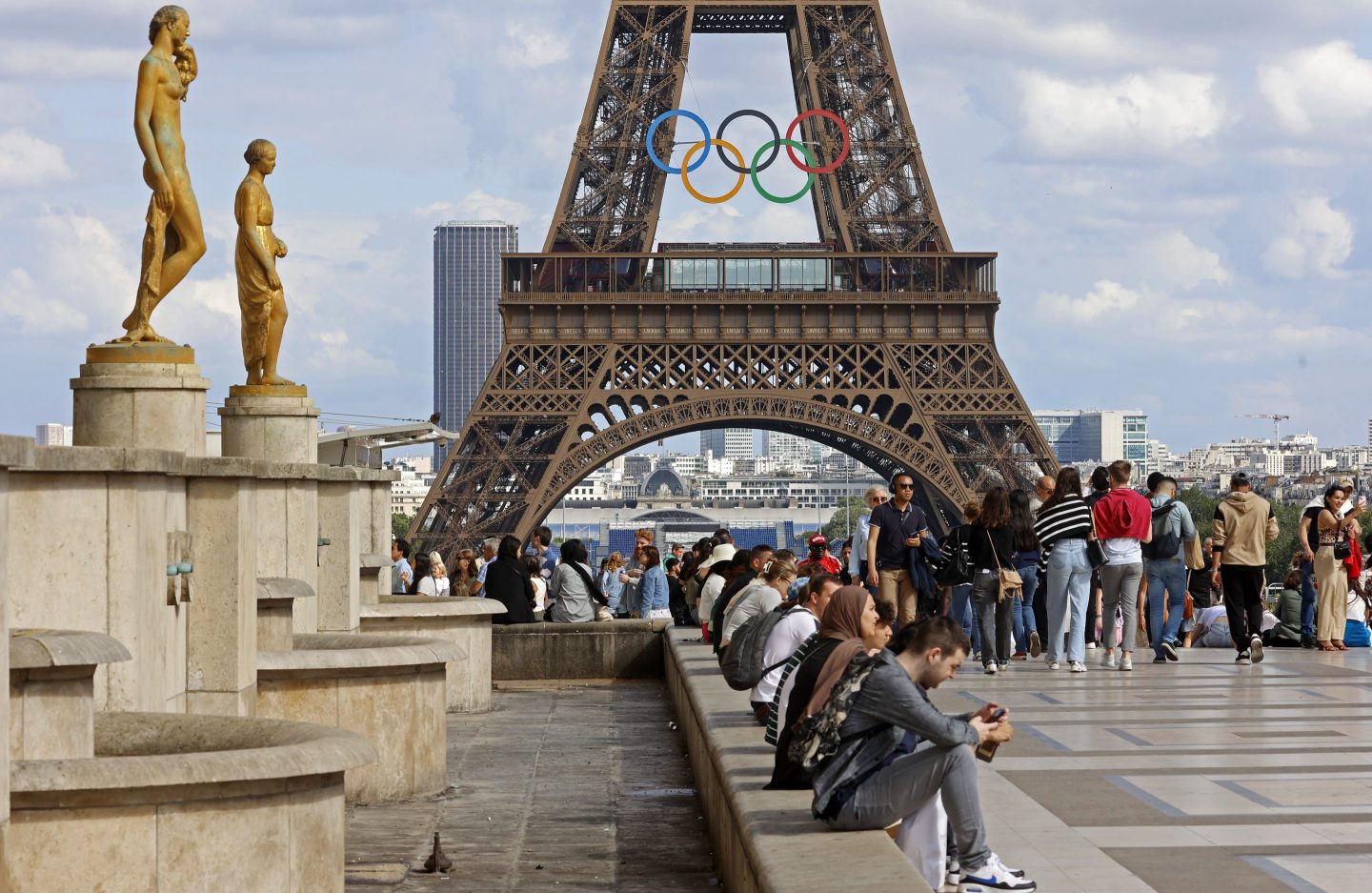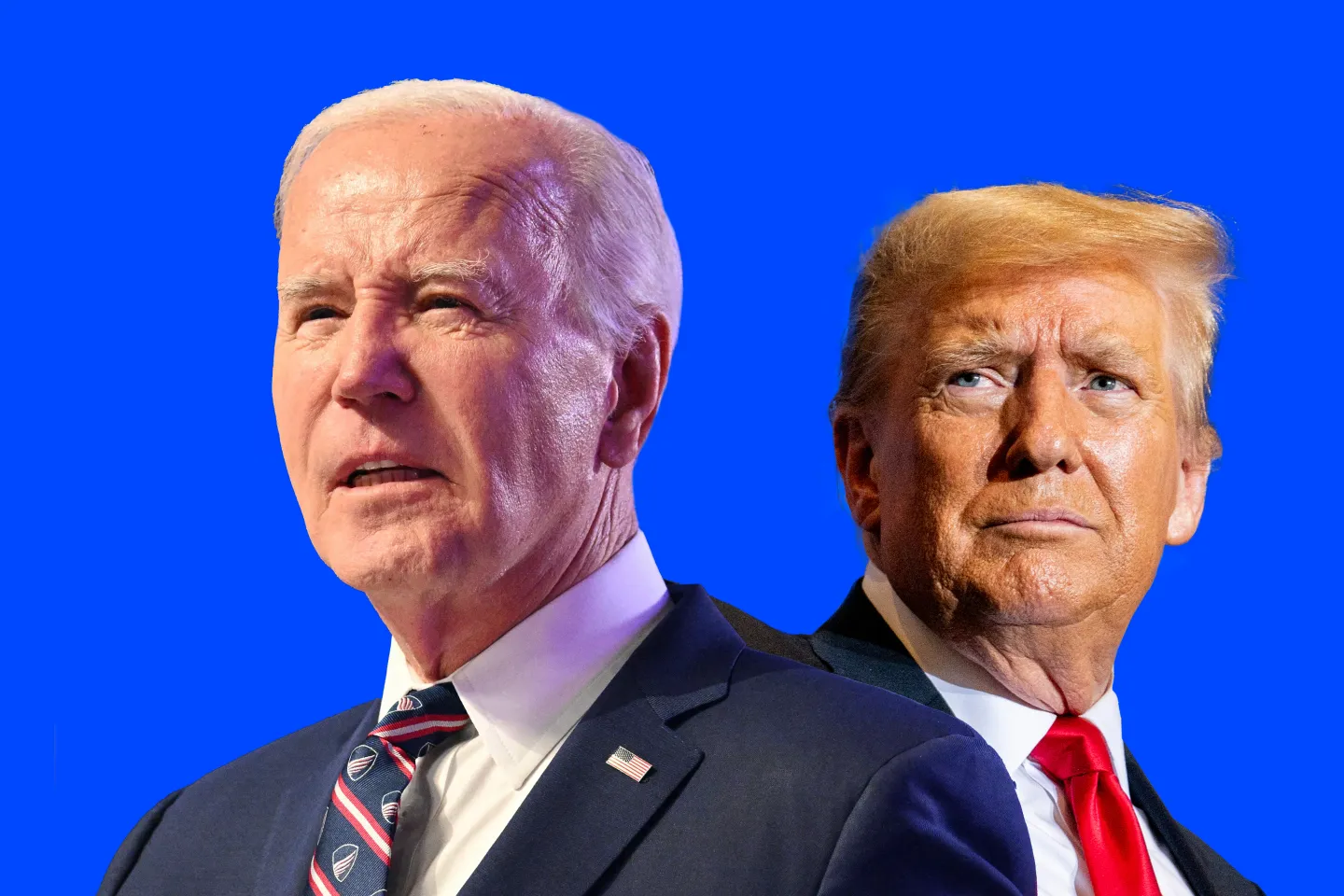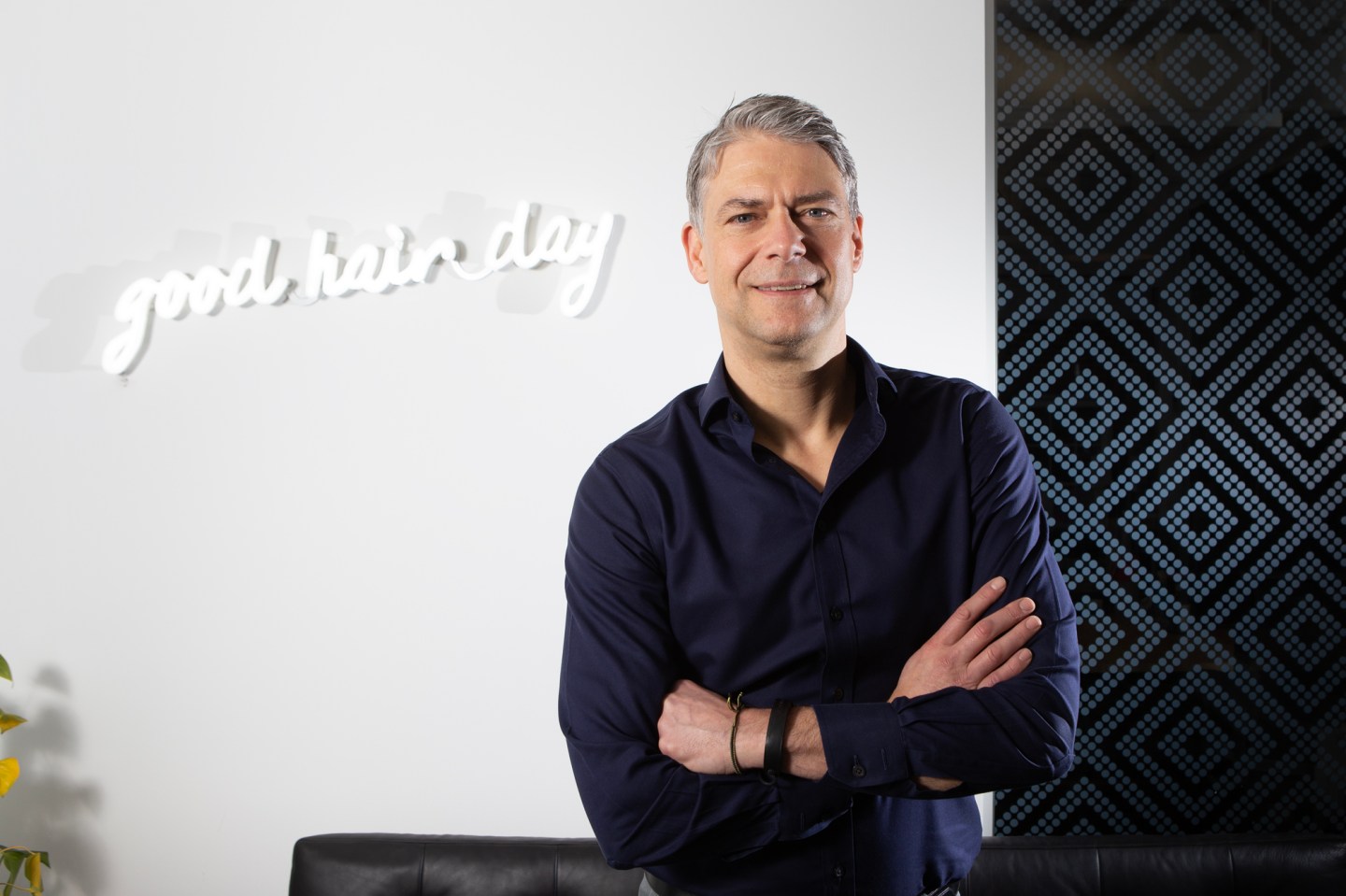In American communities, there’s good quiet and bad quiet. Good quiet is the hushed murmur of a bustling neighborhood settling in for bed on a weeknight or relaxing on a Saturday afternoon. Bad quiet is the quiet of abandonment—of vacant buildings, shuttered-for-good storefronts, and asphalt crumbling in the sun.
In the summer of 2013, Detroit was hearing a lot of bad quiet. The city had hit economic rock-bottom. Its population had declined more than 60% from its 1950s peak, the auto industry was still reeling from the Great Recession, and the subprime mortgage crisis had gutted dozens of its remaining healthy neighborhoods. Unemployment hovered above 20%, and more than 110,000 vacant housing units pockmarked the city like rotting jack-o’-lanterns. In July of that year, out of options and starved of tax revenue, Detroit declared bankruptcy.
Ten years after that indignity, Detroit has rebounded to a degree that few would have thought possible. Thousands of new small businesses have helped revitalize neighborhoods. New housing is replacing dilapidated vacant buildings. Startups are flocking to a rebuilt downtown. And the jobless rate is down to 6.4%.
Detroit’s revitalization is a true collective effort, reflecting the work of dozens upon dozens of community leaders, businesses, and nonprofit institutions, not to mention a maniacally focused city government. But one particularly impactful and innovative part of the effort has been a major investment of time and capital by JPMorgan Chase, America’s biggest commercial bank—and an honoree on this year’s Fortune Change the World list.
The bank’s effort, called Invested in Detroit, has involved partnering with local organizations in a campaign to revive local real estate, launch small businesses, and train residents for new jobs. Since 2014, the bank has committed more than $200 million to the program. To date, programs that JPMorgan Chase has funded have helped place some 72,000 Detroiters into apprenticeships or jobs, while providing financing or technical aid to 13,000 small businesses; the program has also helped finance the construction of more than 5,000 affordable housing units.
To be sure, it’s far too soon for Detroit’s leaders to take victory laps. Joblessness remains higher than the national norm. Household income in Detroit has risen by 23% over the past decade, but at a hair under $35,000, it’s still barely half the U.S. median. The auto industry, the dominant local employer, is very much in flux as it transitions to electric vehicles, and the current strike by the United Auto Workers underscores how vulnerable Detroit’s economy is to weakness among car manufacturers.
Still, for JPMorgan Chase, the numbers validate the success of what, 10 years ago, was a new experiment. The megabank was beginning to rethink its social impact strategy, with the idea of focusing less on traditional philanthropy and more on leveraging its financial expertise. Beginning in 2012, it retooled its giving to tackle economic insecurity directly in communities—focusing on small-business expansion, job-skills training, neighborhood development, and financial counseling. It’s an approach that takes advantage of what banks already do well—lending capital to people and giving them advice about how to deploy it.
“Businesses can have an enormous impact if they deploy resources effectively,” says Peter Scher, the bank’s vice chairman and the architect of Invested in Detroit. “But they aren’t always effective. So one of our top lessons has been to stay hyper-focused.”

An early element of that focus involved using JPMorgan Chase’s data on consumer spending to figure out which seemingly struggling neighborhoods still had healthy cores—populations that would be likely to support businesses within walking distance of their homes, if more such businesses were to launch. The bank collaborated with local nonprofits and city government to find such neighborhoods and pour capital into them. “We put significant investment in the beautification of the sidewalks and the lights and streetscape,” Detroit Mayor Mike Duggan told Fortune in an interview this summer. “That may not seem like a lot, but it really concentrated the effort—you’re putting motors in for growth. You fill in some of those storefronts, you build some new apartments, and all of a sudden, we’ve got seven, eight, 10 neighborhoods in the city that have vibrant, commercial corridors.”
That commitment to neighborhood growth helped persuade wary businesses to reinvest, too. Detroit’s Big Three automakers—Stellantis, Ford, and General Motors—have each either opened or reopened facilities within Detroit’s city limits since the turnaround began, creating thousands of jobs. It’s also helping Duggan, who’s been mayor since 2014, attract a more diverse range of industries: When we spoke, he was excited about the imminent arrival of Majorel, a customer-experience management tech company that was filling a building downtown. “Can we, in the next five or 10 years, become a Midwest center for startups?” he asked rhetorically. “That’s gonna be exciting.”
Addressing banks’ bad racial legacy
There’s some poetic justice in the fact that America’s biggest bank became such a benefactor in Detroit. After all, flaws in the banking system are one of the factors that have created such dire straits for Detroit and other underserved communities. In cities all around the nation, “redlining” by banks and federal housing authorities—the practice of classifying minority-dominated neighborhoods as too financially risky for lending—kept Black and brown families from building wealth through home equity, starved local businesses of capital, and drove down property values. (In Detroit, 78% of the population identifies as Black or African American, another 8% as Hispanic or Latino, according to the U.S. Census.)
Redlining has been illegal for decades, but the urban decline that it exacerbated has created its own self-defeating math. Most banks are required by law to keep “loan-to-value ratios”—the ratio of the loan amount to the estimated worth of the project it funds—below a certain threshold, typically 80%. By 2013, property values in most of Detroit had sunk so far that most real-estate projects would cost more to build than they would be worth once completed—meaning they would blow that ratio, and wouldn’t qualify for bank financing. For similar reasons, entrepreneurs could seldom assemble enough collateral to secure a loan. Bigger businesses could find ways around these ceilings, or simply self-finance their projects; smaller ones and entrepreneurs were stuck.
To clear this hurdle, JPMorgan Chase built ties with crucial local partners, called community development financial institutions. CDFIs specialize in lending to lower-income communities. They’re usually nonprofits, and the Treasury Department exempts them from some regulations that apply to for-profit banks, the better to reach underserved borrowers. CDFIs are allowed to accept higher loan-to-value ratios and set relatively lenient payment terms. They can also lend to entrepreneurs whose credit scores or lack of relevant experience would disqualify them from bank financing.
In Detroit, JPMC’s CDFI partners include Invest Detroit, which focuses on neighborhood and small-business development; the Local Initiatives Support Corporation (LISC), a nationwide nonprofit; and the Detroit Development Fund (DDF), which focuses on entrepreneurship. “Maybe the biggest precondition for success is, there has to be a mobilized community of partners, that are already aligned on what the city needs,” says Scher. “Those kinds of partners are going to help you have the biggest impact.”
With DDF, JPMorgan Chase financed a new initiative called the Entrepreneurs of Color Fund, which not only lends to such entrepreneurs, but helps them develop business plans and train them in accounting and marketing. To date, that fund has extended more than $18 million in loans to Detroit entrepreneurs, helping create nearly 2,000 jobs.
Just as important, the Detroit Development Fund created a template that JPMorgan Chase has now expanded in other cities. With the help of LISC, the bank has extended the Entrepreneurs of Color Fund to the Bay Area, Los Angeles, Atlanta, New York, Chicago, Washington, D.C., and Newark. It has provided more than 2,100 loans, totaling more than $115 million, to founders who likely otherwise wouldn’t have been able to borrow.
Economic hubs for neighborhoods
If abandoned buildings create bad quiet, new construction generates good noise. This June, in a Detroit neighborhood called East English Village, contractors broke ground on a building called The Ribbon. Built on the site of a long-vacant bank branch, it’ll eventually be what developers call a mixed-use building. There’ll be a restaurant on the ground floor—a dumpling place is already signed up as a tenant—with 18 residential units on the second and third floors.
The Ribbon is unlikely to become a tourist magnet or merit a spread in Architectural Digest, but it exemplifies the projects that Invested in Detroit has backed—potential economic hubs for healthy neighborhoods. It also shows how the various programs that JPMorgan Chase is funding are synchronizing with one another. East English Village is one of several neighborhoods that JPMorgan Chase, Invest Detroit, and city government have focused on in recent years for intensive investment, including small-business loans and streetscape improvements. The developer behind The Ribbon, Edward Carrington, is a graduate of a JPMorgan Chase–backed training program for entrepreneurs of color. The project is financed in part by local CDFIs. It’s also significant in that it’s replacing an abandoned building with an occupied one; since 2013, the number of vacant housing units in Detroit has dropped by about 20%.

The apartments at The Ribbon are symbolically important, too, because all 18 are designated as affordable—available to people who earn 80% or less of the area median income. While per capita income in the city has grown considerably, residential property values have risen much faster. Mayor Duggan has repeatedly expressed concerns about preventing Detroit from becoming gentrified and stratified as the city rebounds. “My daughter lives in Brooklyn,” he told Fortune in 2017. “I’ve studied what happened there. We are adopting strategies so that doesn’t happen.”
Invested In Detroit has been pivotal to those strategies: JPMorgan Chase estimates that the programs it supports have either built or preserved more than 5,000 affordable housing units. The city’s shared goal is to get to 20,000 units, enough to support as many as 60,000 people, says Tahirih Ziegler, a senior vice president at LISC. “We don’t want economic success to drive middle-income people to the suburbs,” she notes. “This is an anti-displacement strategy.”
It’s a very American problem—greater prosperity generating more inequality. But compared with the woes that Detroit is best known for, it’s a nice problem to have.
In the meantime, Detroit’s rebound has meant tangible benefits for JPMorgan Chase. The company says its commercial loans in the Detroit metro area increased about 20% from 2013 to 2021; its number of business banking accounts has risen about 30% since 2014, and consumer banking accounts are also up. (The bank is also tapping the local talent pool that it helped train: Its local virtual call center has hired more than 90 Detroiters.)

Some of the new banking activity has presumably come from businesses and consumers that directly benefited from Invested in Detroit; the majority reflects a healthier local economy. But it also underscores the broader lesson of the company’s Detroit experiment: When a company puts money into its community, it’s not an act of charity; it’s an investment.
“Our trajectory is long,” says Peter Scher. “But the [Detroit] model has reshaped how we think about community development, how we think about branch expansion—and how we think about our growth companywide.”













